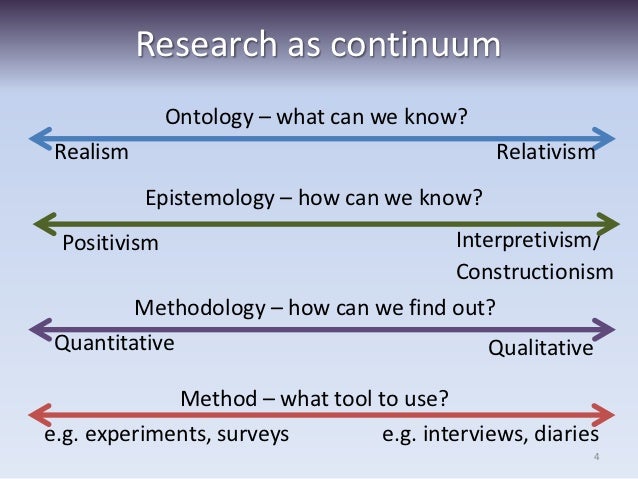Difference Between Positivism And Interpretivism Pdf Merge
Proponents of these persuasions share thegoal of understanding the complex world of lived experience from thepoint of view of those who live it. This goal is variously spoken of asan abiding concern for the life world, for the emic point of view, forunderstanding meaning, for grasping the actor’s definition of asituation, for Verstehen. The world of lived reality andsituation-specific meanings that constitute the general object ofinvestigation is thought to be constructed by social actors (p.118).Many of the ideas in these approachesstem from the German intellectual tradition of hermeneutics and theVerstehen tradition in sociology, from phenomenology,and from critiques of positivism in the social sciences. Interpretivistsreject the notions of theory-neutral observations and the idea ofuniversal laws as in science. Theory in this paradigm takes on a differentperspective. Knowledge consists of those constructionsabout which there is a relative consensus (or at least some movementtowards consensus) among those competent (and in the case of more arcanematerial, trusted) to interpret the substance of the construction.Multiple ‘knowledges’ can coexist when equally competent (or trusted)interpreters disagree (Guba and Lincoln, 1994, p. 113).The emergence of interpretivism ininformation system research is described by Walsham (1995).
Download free far cry osx rapidshare premium windows 7. Walsham sawinterpretivism as gaining ground at that point against a predominantlypositivist research tradition in information systems. Klein and Myers(1999) consider that theory plays a crucial role in interpretive researchin information systems. Theory is used as a ‘sensitising device’ to viewthe world in a certain way. Particular observations can be related toabstract categories and to ideas and concepts that apply to multiplesituations, implying some generalisability. The types of theory thatinformation systems researchers are likely to reference are socialtheories such as structuration theory or actor-network theory.The interpretivist paradigm leads to aview of theory which is theory for understanding (Type III), theory thatpossibly does not have strong predictive power and is of limitedgenerality. The technological perspectiveInformation systems involve the use ofinformation technology and so we would like theory that can deal withtechnologies.
Recognition that theory might relate to technology israther uncommon and it might even be that there is definite prejudiceagainst it. This view may go back a long way. O’Hear (1989, p.
216) saysthe ancient Greeks tended to despise the merely mechanistic or banausic.Popper saw the worship of science and technology as instruments forcontrol over nature as shallow and worrying because of our ignorance ofthe effects our interventions might have. Nevertheless, the developmentof science and the development of technology have gone on hand-in-hand.For example, the start of the scientific revolution ‘coincided’ with the(mid-16th century) development of the telescope and the microscope(Gribbin, 2002, xix)The classic work that treats technologyor artefact design as a special prescriptive type of theory is HerbertSimon’s The Sciences of the Artificial (1996),first published in 1969. Simon (1996, p. Xii) notes that in an earlieredition of his work he described a central problem that had occupied himfor many years. How could one construct an empiricaltheory?I thought I began to see in the problemof artificiality an explanation of the difficulty that has beenexperienced in filling engineering and other professions withempirical and theoretical substance distinct from the substance oftheir supporting sciences. Engineering, medicine, business,architecture and painting are concerned not with the necessary butwith the contingent – not with how things are but with how they mightbe – in short, with design.Simon contrasts design science withnatural science, which is concerned with knowledge about natural objectsand phenomena. Design science must take account of natural science sincean artefact is a meeting-place or interface between the innerenvironment of the artefact and the outer environment in which itperforms, both of which operate in accordance with natural laws.

Simondiscussed design science in the contexts of economics, the psychology ofcognition, and planning and engineering design, but not informationsystems. It has taken some time for Simon’s ideas to filter through toinformation systems and they are still not unequivocally accepted inthis discipline.Weber (1987), for example, recogniseddifficulties with design work in information systems. He saw the ‘lureof design and construction’ as a factor inhibiting the progress ofinformation systems as a discipline and called for theory that gaveinformation systems a paradigmatic base.In 1992, Simon’s ideas were adopted andapplied to consideration of information systems design theory by Wallset al. Recently the ideas of these authors have enjoyed somecurrency, as shown in the specification of a design theory for knowledgemanagement systems by Markus, Majchrzak and Gasser (2002).
Positivism Pdf
Theexplication of information systems design theory by Walls et al. (1992)is probably the most complete and thorough to date.
Positivism And Interpretivism Paradigm
Since 1992, therehave been varying and rather scattered approaches to the problem andarticulation of design theory in information systems and allied fields.March and Smith (1995) and Hevner et al. (2004) followed Simon’s ideasclosely, but with an important difference. They saw design scienceproducts as comprised of four types: constructs, models, methods, andimplementations, but excluded theories. Jarvinen (2001) expressessimilar views.More recently, Iivari (2003) arguedthat determining the distinctive identity of information systems relieson the recognition that our knowledge and theory is concerned with thedeveloping and building of information system artefacts.Thus, these considerations provide ajustification for a fifth type of theory of interest to informationsystems researchers: theory for design and action (Type V).